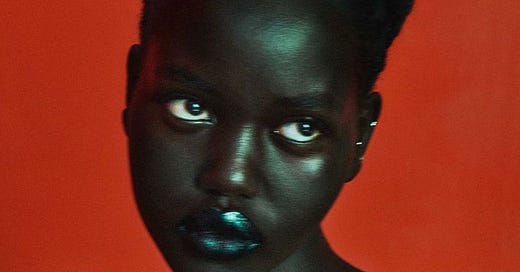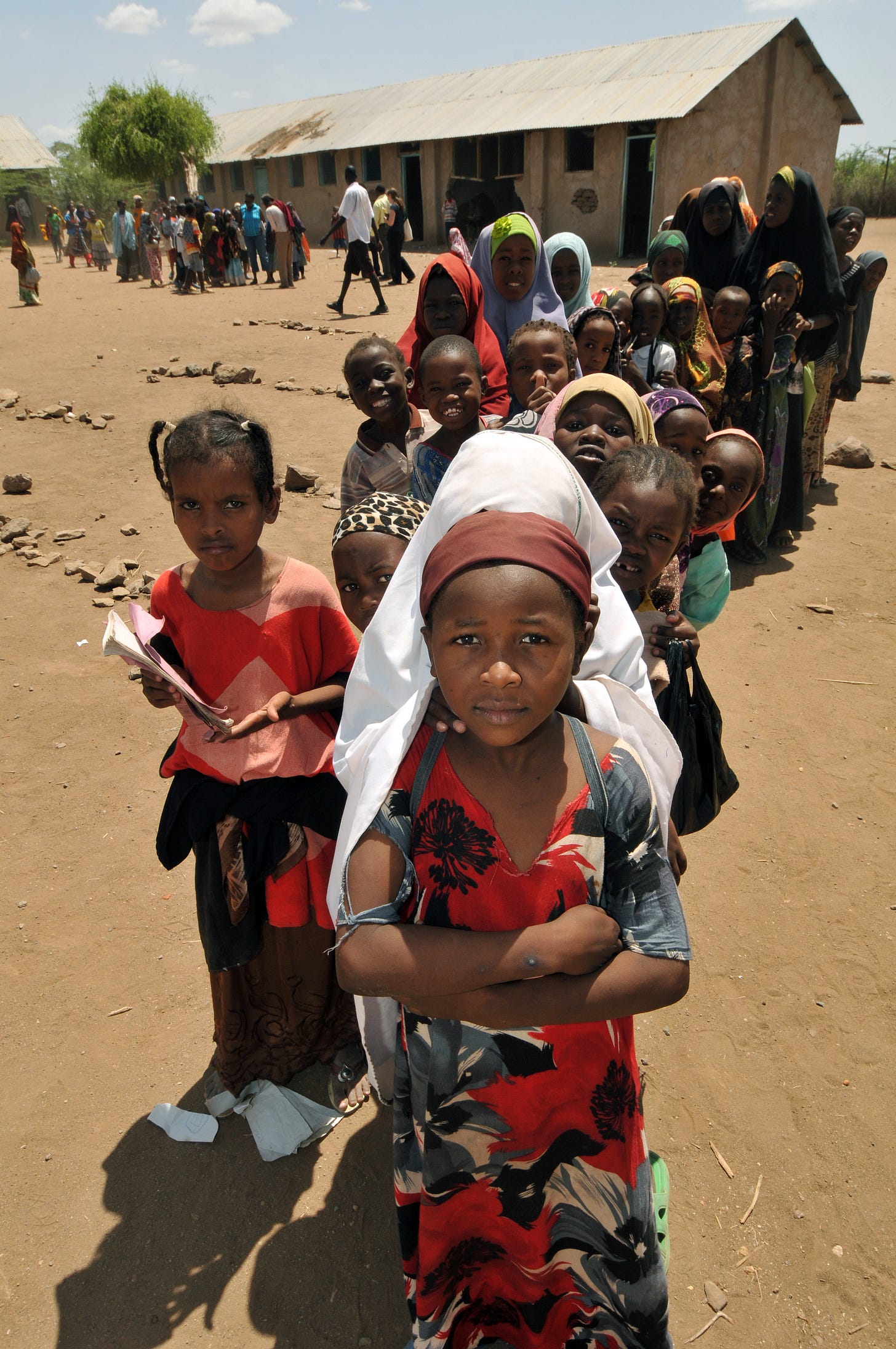Exploitation of Sudanese Refugees in the Modeling Industry
A Closer Look at the Challenges Faced by Sudanese Refugees in the Modeling World
Introduction
The modeling industry has been grappling with issues of diversity, exploitation, and abuse for years. While the world often focuses on the lack of diversity on fashion runways, few have explored the dark underbelly of the industry.
A recent investigation by the Sunday Times revealed that modeling agencies are actively recruiting young people who have fled war-torn African nations and are living in extreme poverty in refugee camps. These refugees are promised a better future, aspiring to become celebrities like Adut Akech, but the reality is often far from the glamorous image presented.
The Sunday Times investigation primarily focuses on the Kakuma refugee camp in Kenya, revealing the exploitation and trafficking of young individuals who see modeling as their golden ticket to escape the harsh realities of refugee life.
Vulnerable Aspirations in Refugee Camps
Refugee camps, like Kakuma in Kenya, were conceived as temporary places for individuals fleeing the ravages of war and persecution. Nonetheless, the sad reality that unfolds sees many refugees trapped within these camps for extended periods, sometimes spanning generations.
These refugees, unable to forge economic or social bonds beyond the camp's boundaries, find themselves caught in a distressing purgatory. Their crisis is compounded by the persistent dangers lingering in their countries of origin and the pervasive shadow of xenophobia. In this state of Limbo, protracted refugees become profoundly susceptible, their social fabric fraying, leaving them prey to traffic.
The very definition of protracted refugees encompasses individuals who have endured more than five consecutive years in exile, their dreams of repatriation, integration, or resettlement dwindling into distant mirages.
These refugees' prolonged plight is often a grim consequence of the relentless violence and insecurity persisting within their homelands. South Sudan's tumultuous political climate and ongoing threats have shrouded the prospect of repatriation in a veil of uncertainty, leaving a significant number of refugees mired in protracted situations.
Resettlement, a beacon of hope for many refugees, has become increasingly difficult to achieve in Kenya. Worldwide, stricter immigration policies have altered the path to permanent resettlement. Host countries have reduced the number of available spots, making it challenging for refugees to secure a spot, even if they meet the strict requirements.
Inside Kenya, a web of challenges unfolds. High unemployment and rising prices add to the problem, and refugees often face growing xenophobia. Local communities sometimes see them as competitors for jobs and resources, creating a hostile environment that leaves these displaced people marginalized.
The physical separation of refugee camps in Kenya from urban centers is far from arbitrary; it is an intentional design with profound consequences. The spatial isolation engenders an 'us' versus 'them' mentality that perpetuates the marginalization of refugees. Opportunities for social integration are stifled, leaving displaced individuals grappling with a profound sense of exclusion and social disconnect.
This architectural and societal segregation compounds the myriad challenges faced by refugees, further exacerbating their vulnerability within the confines of protracted refugee situations.
Exploitative Recruitment Practices
In the exploitative recruitment practices described, local scouts operate within or near refugee camps in Kenya to identify potential modeling talent among Sudanese refugees. They actively search for individuals who meet the modeling industry's beauty standards and have the potential for success.
Scouts employ various methods, including taking photographs of potential models in the camps and scrutinizing their social media profiles, particularly on platforms like Instagram. Once selected, promising opportunities in the European modeling industry are promised, and individuals receive essential documentation, such as government-approved work permits, passports, and visas, to facilitate their journey. Logistical and financial support, including assistance with travel arrangements and a weekly allowance for living expenses, is often provided.
However, the modeling industry's competitiveness and rigorous standards mean success is far from guaranteed. Many aspiring models, including refugees, may return to Kenya, often judged as too malnourished or inexperienced for the industry, after their modeling dreams do not materialize as expected. This exploitative process underlines the vulnerability of Sudanese refugees in Kenya and the need for safeguards to protect them from exploitation within or around refugee camps.
Debt and Financial Burden
Within the modeling industry, a malicious debt system prevails, particularly for models who embark on international journeys facilitated by European agencies. These agencies often finance the necessary visas and flights for the models, effectively becoming their financial sponsors. However, this sponsorship comes with significant strings attached.
Models who fail to secure an adequate amount of paid work or are deemed unsuitable for the industry's standards face the unsettling prospect of being sent back to their home countries, in this case, Kenya. Even more distressing is that they return with dashed dreams and carry substantial debts owed to the agencies that initially supported their journey.
My two-cent
European structures have been abusing the global south for almost forever and while this issue is alarming and sad it is not surprising. We, as African nations have to do better when it comes to protecting our people. Nationalism was never a good thing. It divides us instead of giving us strength. Maybe my solutions would seem idealistic and I do not know the whole burden of the Kenyan nation, but if the Kenyan government had been more concerned about what was happening to the South Sudanese refugees, it would have been harder for the Fashion Industry to abuse them. Education and better life conditions for refugees are also a big necessity. They are trapped in an in-between situation for generations and generations. It is clearly dehumanizing.






